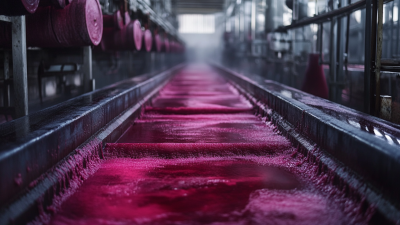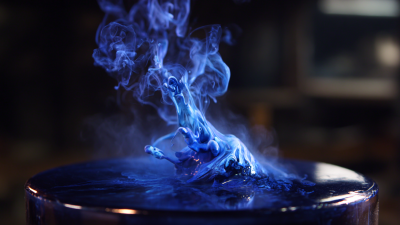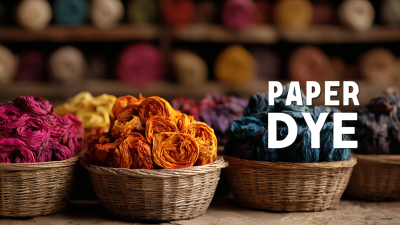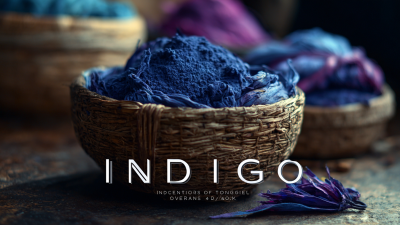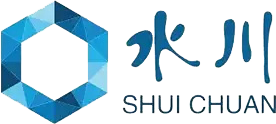In the world of textile dyeing, the quest for vibrant and long-lasting colors is a priority for manufacturers and consumers alike. Direct dyes have emerged as a leading choice due to their remarkable ability to provide vivid hues and excellent wash fastness. According to a report by the Textile Coloration Commission, over 40% of the dyeing processes in the industry now utilize direct dyes, a testament to their growing popularity and effectiveness. These dyes offer a straightforward application method, requiring no additional mordants or fixatives, which simplifies the dyeing process while still achieving brilliant results.

Furthermore, recent studies have shown that textiles dyed with direct dyes exhibit superior color retention even after multiple wash cycles, making them ideal for garments that demand durability and aesthetic appeal. In fact, the American Association of Textile Chemists and Colorists (AATCC) has stated that proper use of direct dyes can lead to up to 30% improvement in color longevity compared to other dye types. As the demand for high-quality, vibrant textiles continues to rise, understanding the advantages of direct dyes becomes essential for both product development and consumer satisfaction.
Direct dyes are a popular choice in textile applications due to their numerous advantages, particularly when it comes to achieving vibrant and long-lasting colors. One of the key benefits of direct dyes is their ability to bond directly with fibers, which enhances color retention and prevents fading over time. This direct affinity for cellulose fibers, such as cotton and rayon, ensures that the colors are not only bold but also stable under various conditions, including washing and exposure to light.
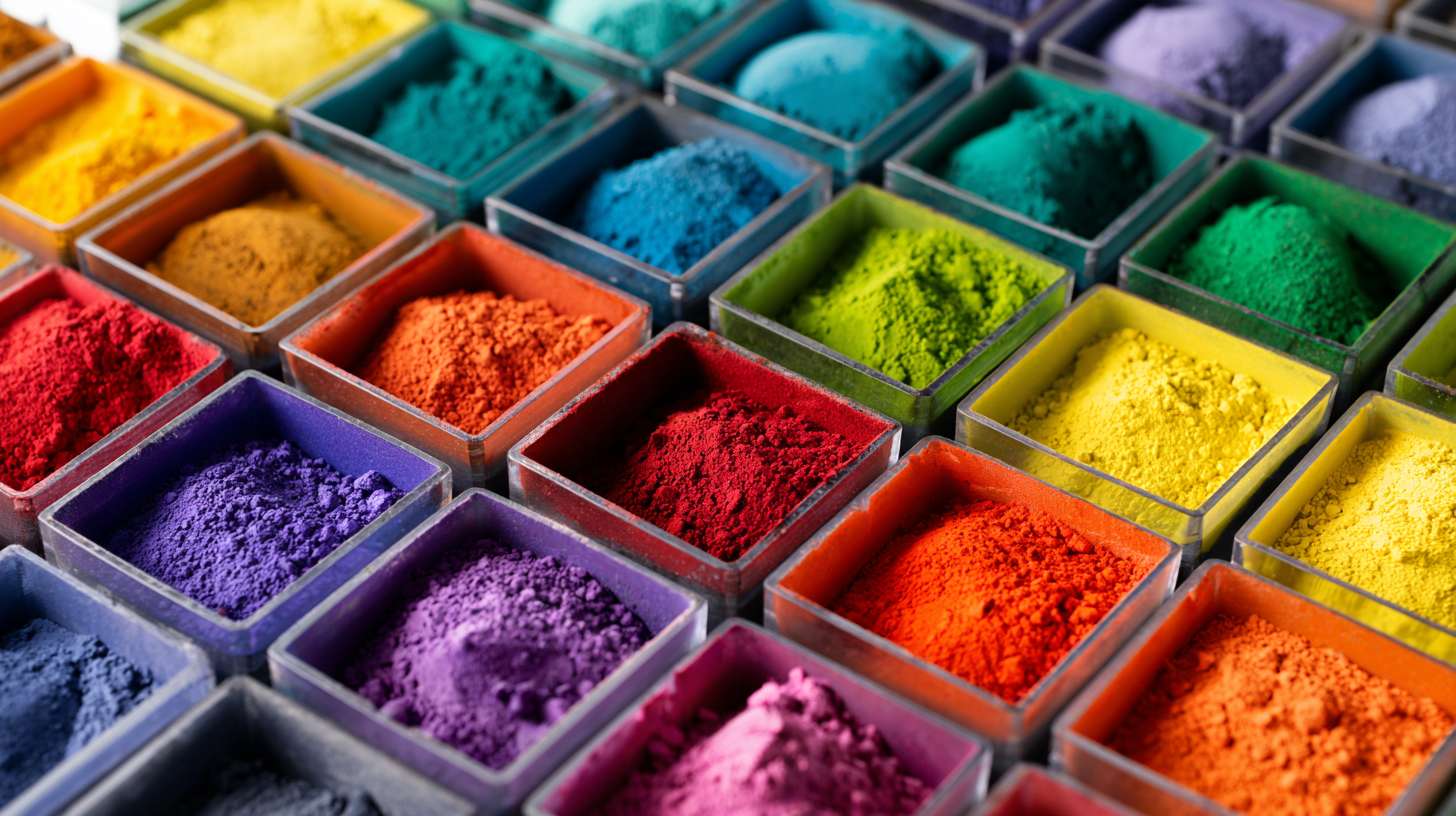
Moreover, the dyeing process with direct dyes is relatively simple and efficient. They typically require less preparation and effort compared to other dye types, such as reactive or disperse dyes. This ease of use can lead to reduced production time and lower costs for manufacturers. In addition, direct dyes exhibit a wide range of colors, allowing designers and manufacturers to explore creative possibilities in their textile products. This versatility makes them an ideal choice for fashion and home textiles, where vibrant, long-lasting colors are essential for consumer satisfaction.
The global direct dyes market is expected to experience significant growth in the coming years, driven by increasing demand for vibrant and long-lasting colors in various applications. According to market projections, this sector is poised for robust expansion, aligning with the broader trends observed in the dye industry. Notably, direct dyes, known for their ease of application and vivid hues, are becoming increasingly favored among manufacturers, particularly in the textile sector. As consumer demand shifts towards high-quality, sustainable products, the direct dyes market is projected to resonate strongly with these trends.
By 2025, the direct dyes market is anticipated to reach impressive milestones, fueled by innovative technologies and a rise in environmentally friendly dyeing processes. The shift towards sustainable practices is not just a passing trend; it’s becoming a pivotal factor in the overall market dynamics. As companies invest in advances that enhance color fastness and vibrancy, the direct dyes segment is expected to see substantial growth, leading into 2035 and beyond. This forecast indicates a promising landscape for stakeholders keen on tapping into the dynamic realm of direct dye applications.
When it comes to color fastness, direct dyes often stand out compared to other dye types such as reactive and vat dyes. Direct dyes are known for their ability to bond easily with various fabrics, resulting in vibrant, saturated hues that last longer. This quality makes them an ideal choice for materials that are frequently exposed to washing and sunlight. The molecular structure of direct dyes allows for deep penetration into the fabric fibers, which means they are less likely to fade over time or bleed during washing.
In contrast, reactive dyes, while also popular for their vibrant colors, often require specific conditions to achieve optimal adhesion, which can sometimes result in weaker colorfastness. Vat dyes, on the other hand, are renowned for their durability but may lack the same intensity of color that direct dyes offer. This comparison highlights why direct dyes are often preferred in applications where both vibrancy and longevity are paramount, making them a reliable option for both fashion and home textiles.
Consumer preferences have evolved significantly, with vibrant colors becoming a dominant demand in the clothing industry. According to a report by the Pantone Color Institute, nearly 70% of consumers expressed a preference for bright and bold colors in their apparel, seeking more personalized and eye-catching options. This trend has prompted brands to focus on colorfastness, ensuring that the intense hues they offer remain vibrant even after multiple washes. Direct dyes, known for their ability to penetrate fabric fibers deeply, are ideal for achieving these striking colors while providing longevity, thus meeting consumer expectations.
Tips: When selecting clothing, look for labels that specify the use of direct dyes, as these are less likely to fade and will maintain their brilliance over time. Additionally, consider fabrics treated with UV-resistant finish, which can also enhance color preservation while providing extra durability against sunlight exposure.
As consumers increasingly prioritize sustainability alongside vibrant aesthetics, many are looking for dyes that have a lower environmental impact. Reports from the Global Fashion Agenda indicate that 65% of consumers are willing to pay more for sustainable products, highlighting the intersection of vibrant colors and eco-consciousness in today’s market. Brands that adopt direct dyes not only satisfy consumer color preferences but also align with the growing demand for sustainable fashion practices.
| Color Type | Vibrancy Rating (1-10) | Longevity (Washes) | Consumer Preference (%) |
|---|---|---|---|
| Direct Dyes | 9 | 40 | 65% |
| Reactive Dyes | 8 | 30 | 20% |
| Acid Dyes | 7 | 25 | 10% |
| Pigment Dyes | 6 | 15 | 5% |
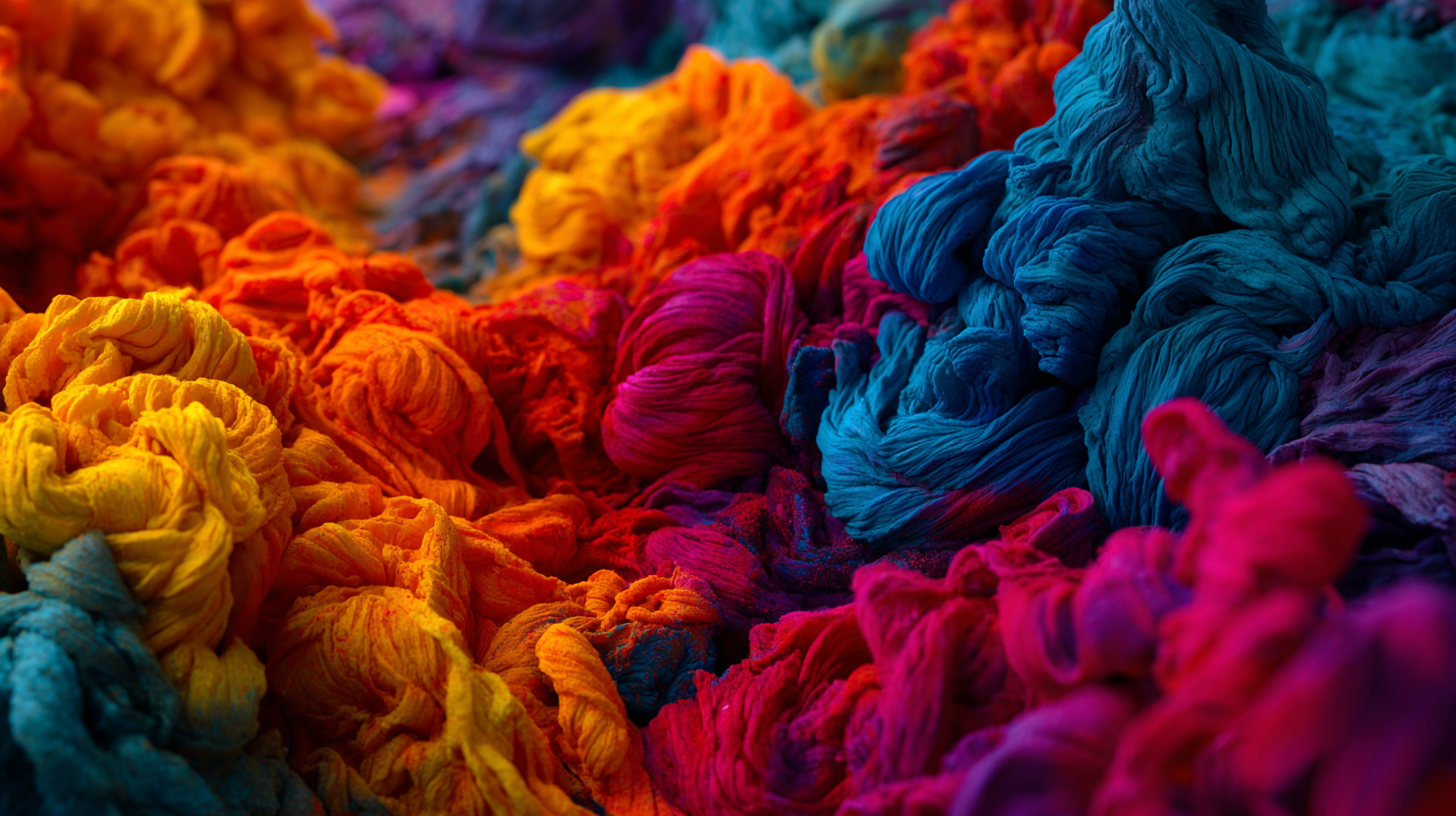 Direct dyes have gained popularity not only for their vibrant colors but also for their role in sustainable practices within the textile industry. These dyes are water-soluble, allowing for a more straightforward application that minimizes the use of harsh chemicals and solvents traditionally associated with dyeing processes. This reduced reliance on toxic substances leads to less environmental pollution and safer working conditions for those in the dyeing industry.
Direct dyes have gained popularity not only for their vibrant colors but also for their role in sustainable practices within the textile industry. These dyes are water-soluble, allowing for a more straightforward application that minimizes the use of harsh chemicals and solvents traditionally associated with dyeing processes. This reduced reliance on toxic substances leads to less environmental pollution and safer working conditions for those in the dyeing industry.
Moreover, the production of direct dyes typically involves less energy compared to other dyeing methods. Many direct dyes can be applied at lower temperatures, which significantly decreases energy consumption. This energy efficiency aligns with the growing global emphasis on sustainability and eco-friendly practices. Additionally, some manufacturers are now focusing on biologically-derived direct dyes, further enhancing their eco-friendly profile by utilizing renewable resources. As consumers increasingly seek environmentally responsible options, direct dyes stand out as a viable choice for achieving long-lasting and vivid colors while supporting sustainable practices.
